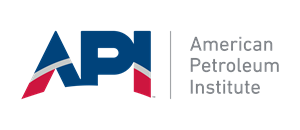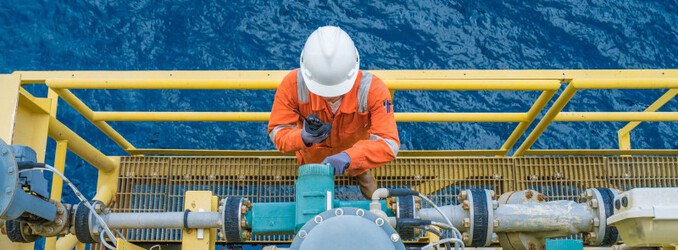
The American Petroleum Institute (API) has published the third edition of API Standard 2RD, Dynamic Risers for Floating Production Systems. This standard addresses the design and integrity management requirements for risers that carry oil and gas between the seafloor and floating production systems, such as spars, semi-submersibles and tension leg platforms. The standard applies to all risers from these systems, including steel catenary risers and top-tensioned risers.
Dynamic risers are critical for offshore energy production. Their safe performance supports the reliable flow of energy while minimizing risks to the environment and personnel. This updated edition incorporates advances in riser integrity management and addresses evolving offshore conditions, enhancing clarity, consistency and safety.
Key features and updates
The third edition of API Standard 2RD unifies design methods from earlier editions, integrating multiple methods for measuring loading in a way that should reduce confusion among end users and regulators and improve clarity around permitting. It also introduces strengthened robustness requirements, requiring risers to be tested against extreme environmental conditions beyond what is anticipated in normal operations. These provisions are designed to ensure that even in severe events, risers are more likely to require repair rather than suffer catastrophic failure.
Additionally, the new edition provides clear guidance for reassessing existing risers in coordination with API RP 2RIM, Riser Integrity Management, 1st edition, supporting ongoing integrity management and extending service life.
By expanding on previous editions and coordinating with API RP 2RIM, the third edition of API Standard 2RD strengthens the resilience of offshore operations, underscoring API’s commitment to protecting workers, communities and the environment.

